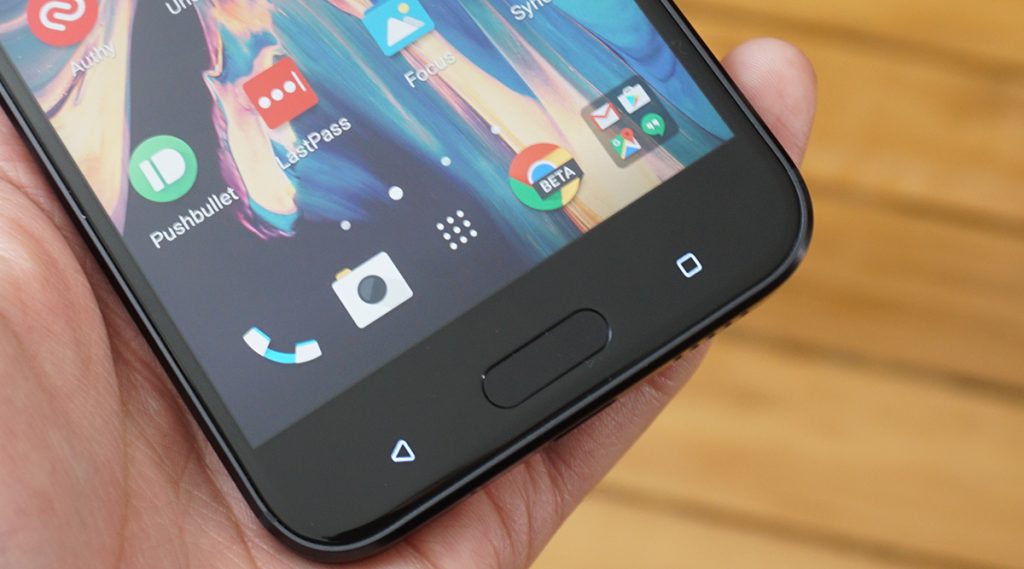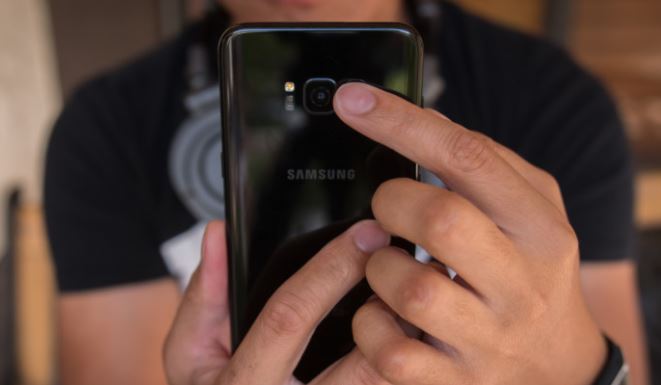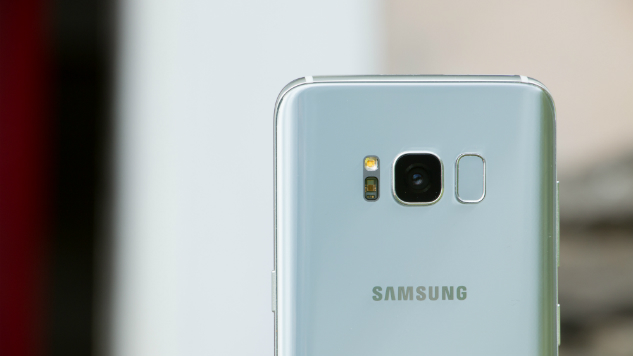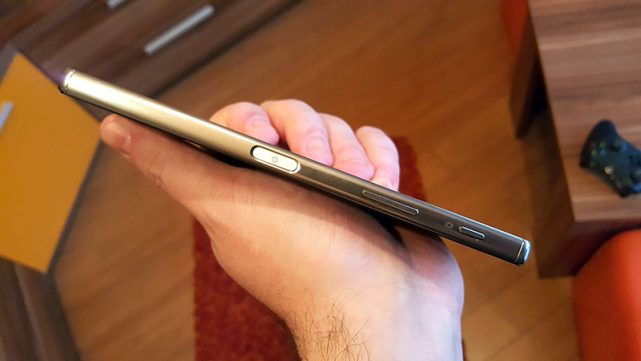Nowadays, you barely see a smartphone without a fingerprint sensor. And while all fingerprint sensors have the same end result (unlocking a device by authenticating prints on the fingers), they come in different forms (physical and under-display) and also have different placements (front-facing, rear-facing, and side-mounted).
Front vs rear vs side fingerprint sensor
Although it’s something of little relevance to some smartphone users & buyers, some individuals are meticulous about details like the fingerprint sensor placement on their device(s). What’s the best position, however, to have your phone’s fingerprint scanner — front, rear, or side?
Front-facing fingerprint scanner
Although fingerprint scanner idea wasn’t first implemented on an iPhone, the Cupertino-based giant arguably helped put fingerprint sensors on the map with the Touch ID on the iPhone 5S in 2013. Samsung played an important role too when it began incorporating fingerprint sensors in its device’s home button since the Galaxy S5. Fingerprint sensors are now being placed under smartphones displays nowadays but technically, they are also front-facing fingerprint readers. So, is having your smartphone’s fingerprint on the front of the best? Let’s find out. Pros of Front-facing fingerprint reader
- Ease of use on a surface One of the major advantages of front-facing fingerprint sensor is the ease of use when you have your phone placed on a surface. Ideally, many users place their phones on their back because they do not want to scratch or damage the screen. At work, at home or anywhere at all, if your phone is on the table, just place your finger on the sensor (or on the screen) and voila!
- Driving? No problem. If you drive a lot, you might want to consider a phone with front-facing fingerprint scanner. If you place your phone on a phone holder, the fingerprint sensor becomes inaccessible because it’d have been covered up by the holder. In addition, there’s a chance that the holder damages the sensor.
- Convenience & Accuracy Compared to rear-facing fingerprint readers where you have to, sometimes, locate its position, front-facing fingerprint sensors are easy to locate. Also, using and locating a rear-facing fingerprint sensor can sometimes have you touching your phone’s rear camera(s), smearing and scratching the lens in the process. Cons of Front-facing fingerprint reader
- Unless it’s embedded under the display, a front-facing fingerprint sensor increases the amount of bezels around the display. And since we are in fully in a “Full-View / Bezel-less” era, front-facing fingerprint sensors are counterproductive and counter-revolutionary.
Rear-facing fingerprint scanner
For some reasons, fingerprint sensors are commonly placed on the rear nowadays. Here’s why, as well as the upsides: Pros of Rear-facing fingerprint sensors
Bigger screen-to-body ratio This is clear-cut. If you are the type that cherishes your smartphone’s frontal being (almost) entirely covered by a screen, a rear-facing fingerprint sensor makes that possible.
Reach and Convenience When a smartphone’s fingerprint sensor is placed on the rear, you generally have more finger choices to unlock your smartphone with — because most of your fingers naturally rest on the back while using your phone, plus some users argue that it is easier to reach when they take their phones out of their pockets. Cons of Rear-facing fingerprint sensors
Sometimes, OEMs embed a device’s fingerprint sensor too close to the primary camera on the rear. The placement might be beautiful and earn the device some aesthetic score but users will, more often than not, touch/scratch/smear the lens of the camera whenever they use the fingerprint sensor. The Samsung Galaxy S8 is a perfect example of a smartphone with the fingerprint too close to the rear camera.
If you use a phone mount in your car, you might have troubles using your device’s fingerprint sensor while driving.
Side-mounted fingerprint scanner
Although mounting fingerprint scanners on the right-hand side of a device isn’t exactly a common popular placement, it’s one of the best position to have the sensor.
Pros of Side-mounted Fingerprint sensors
- Reach and Accessibility Truth is: no matter how you hold your phone during operation, you’d have at least one finger on the side of your device. Also, irrespective of how you place your phone on a surface (face up or down), you can easily get to unlock your device before you even pick it up from the surface.
- It’s just as fast Yeah, side-mounted fingerprint readers are just as fast those embedded on the rear or within home buttons. Also, it doesn’t affect the design of the smartphone in any way.
- Flexibility With front-facing fingerprint sensors, you’re mostly going to get accustomed to using your thumbs to unlock your device while the other four fingers are more commonly used on rear-facing sensors. Side-mounted fingerprint sensors, however, allows the natural flexibility of using almost any finger (left or right) without being subconsciously accustomed to any. Cons of Side-mounted Fingerprint sensors
- Might be less secure Side-mounted fingerprint sensors almost always have smaller surface area compared to those embedded on the front or rear. This means that the sensor only captures a small portion of the finger during authentication, increasing the chances of false positives. According to AndroidAuthority, the fear that the partial matches from side-mounted fingerprint sensors could be exploited was confirmed by research from New York University and Michigan State University.
- The Smartphone Case Issue Depending on the design, as well as thickness, smartphone cases may sometimes hinder your finger from being appropriately captured by the side-mounted fingerprint scanner. All the fingerprint placement locations come other their upsides and downsides. And to be honest, there’s no one-size-fit-all fingerprint placement position; it all boils down to preferences, lifestyle, manner of smartphone usage etc. I, however, would love me a phone with its fingerprint on the front. You? Where do you love your fingerprint sensor?









